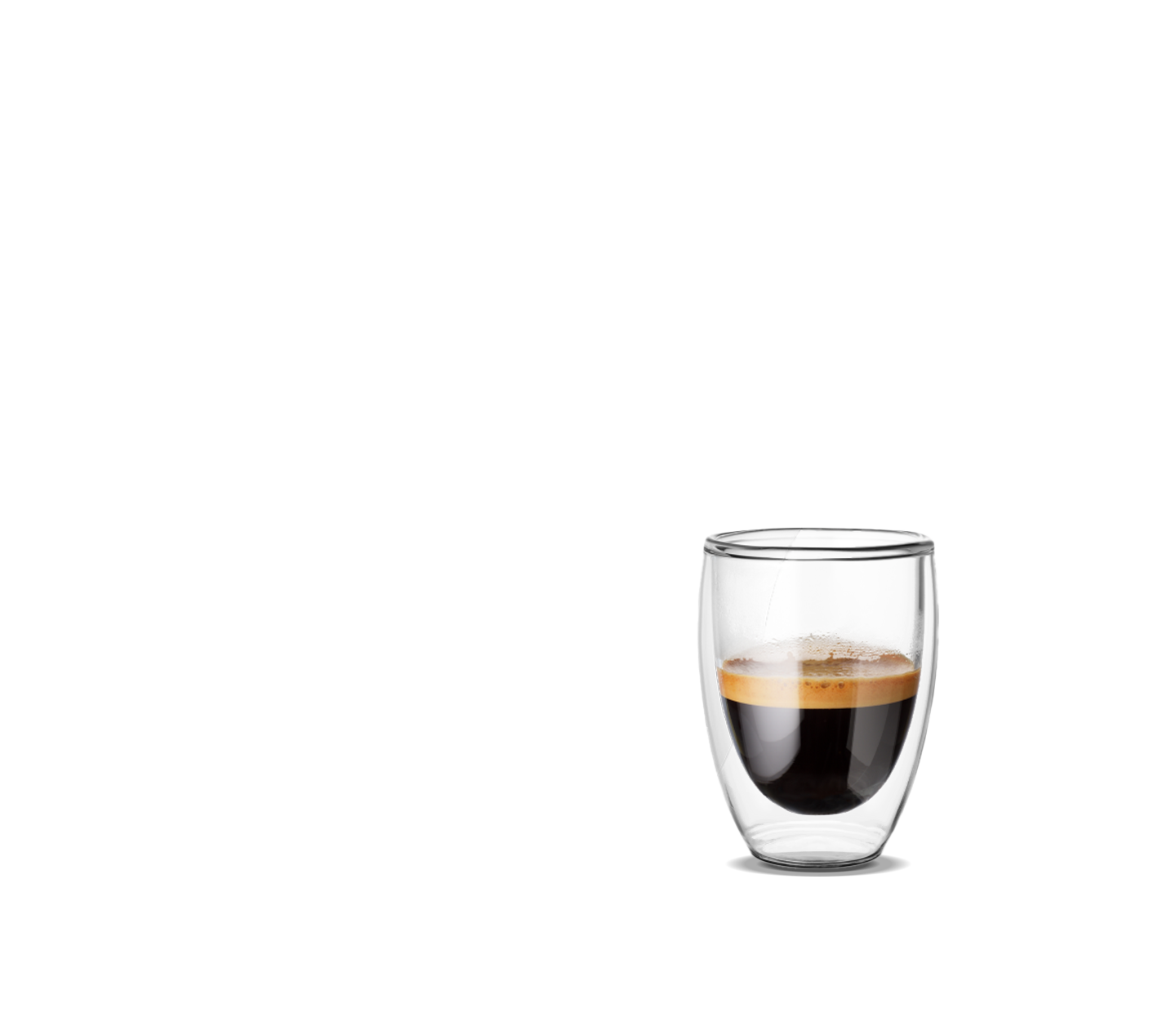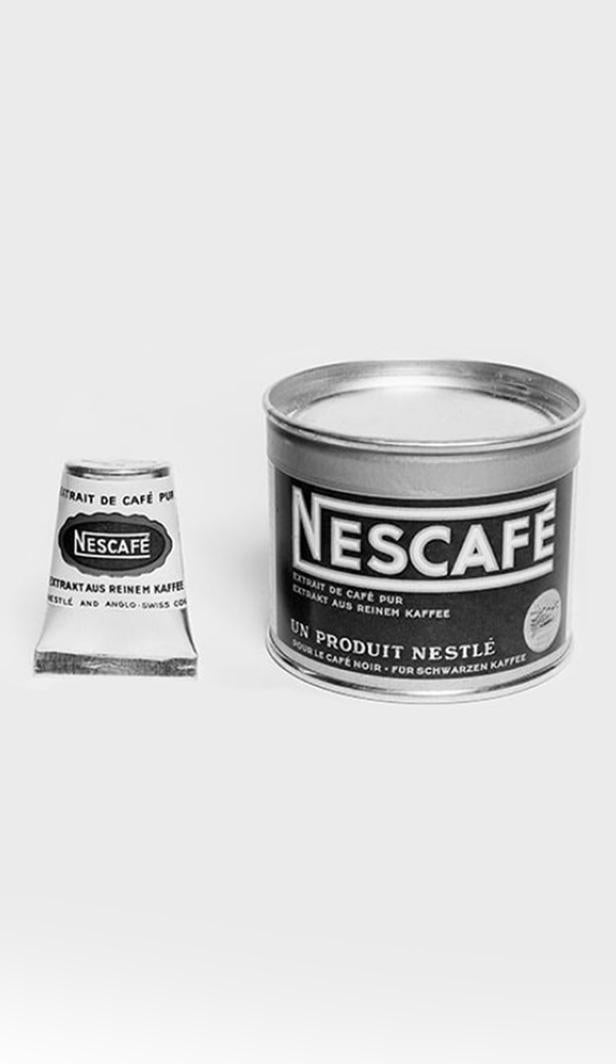Awaken your senses
Espresso is a delicious concentrated form of coffee, served in shots. It’s often the coffee base of many other beverages, such as cappuccino, latte, americano and macchiato. An espresso is intense and bold, but nonetheless delicious, and usually served in small demitasse-style cups for this reason

Caffeine content in espresso
Espresso has the reputation of having a high caffeine content. However, this depends on how much is drunk. Typically, espresso contains 29 to 100 milligrams of caffeine in a single shot. A double shot will contain between 58 to 185 mg of caffeine.

Espresso is known to contain a high caffeine content, but this depends on how much is drunk. It typically contains 29 to 100 mg of caffeine in a shot. A double shot contains 58 to 185 mg of caffeine.

Espresso origins
As with many famous coffee recipes, the espresso was invented in Italy, around 100 years ago, and is credited to a man by the name of Luigi Bezzera, from Milan. He was the first to use a steam-pressure method of brewing coffee, which produced a strong cup of coffee faster than ever before. In fact, the name ‘caffé espresso’ translates to ‘pressed out coffee’, referring to the water being pushed through the finely ground coffee at a very high pressure. Espresso became increasingly popular when demand for coffee grew in the late 1800s and early 1900s. By the 1940s, the process of making espresso had been refined, creating the espresso known and used around the world today.

Espresso vs regular coffee - what’s the difference?
Espresso is the base of almost every type of coffee. Baristas making espresso use water under high amounts of pressure to force its way through compacted ground coffee, which makes a thick, syrupy liquid, with a gorgeous light brown foam layer on top, called the crema. That's the main difference - other coffee types rely on a slower filtering process, allowing hot water to slowly sift through coffee grounds. Espresso also relies on a much finer bean grind, while regular coffee works perfectly with medium ground beans.
Now that you know what an espresso is, discover our NESCAFÉ® Espressos here.

Today’s community favourites




